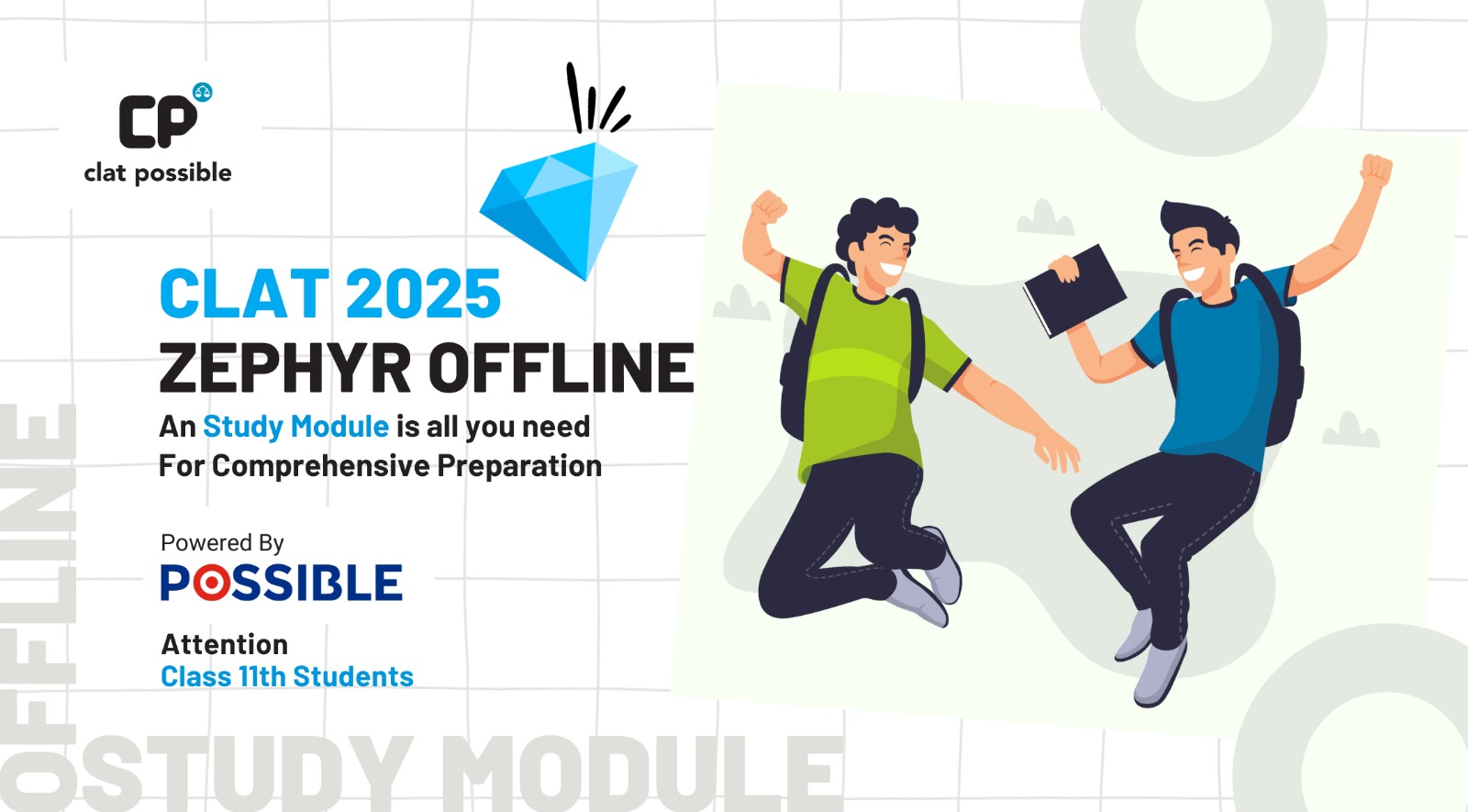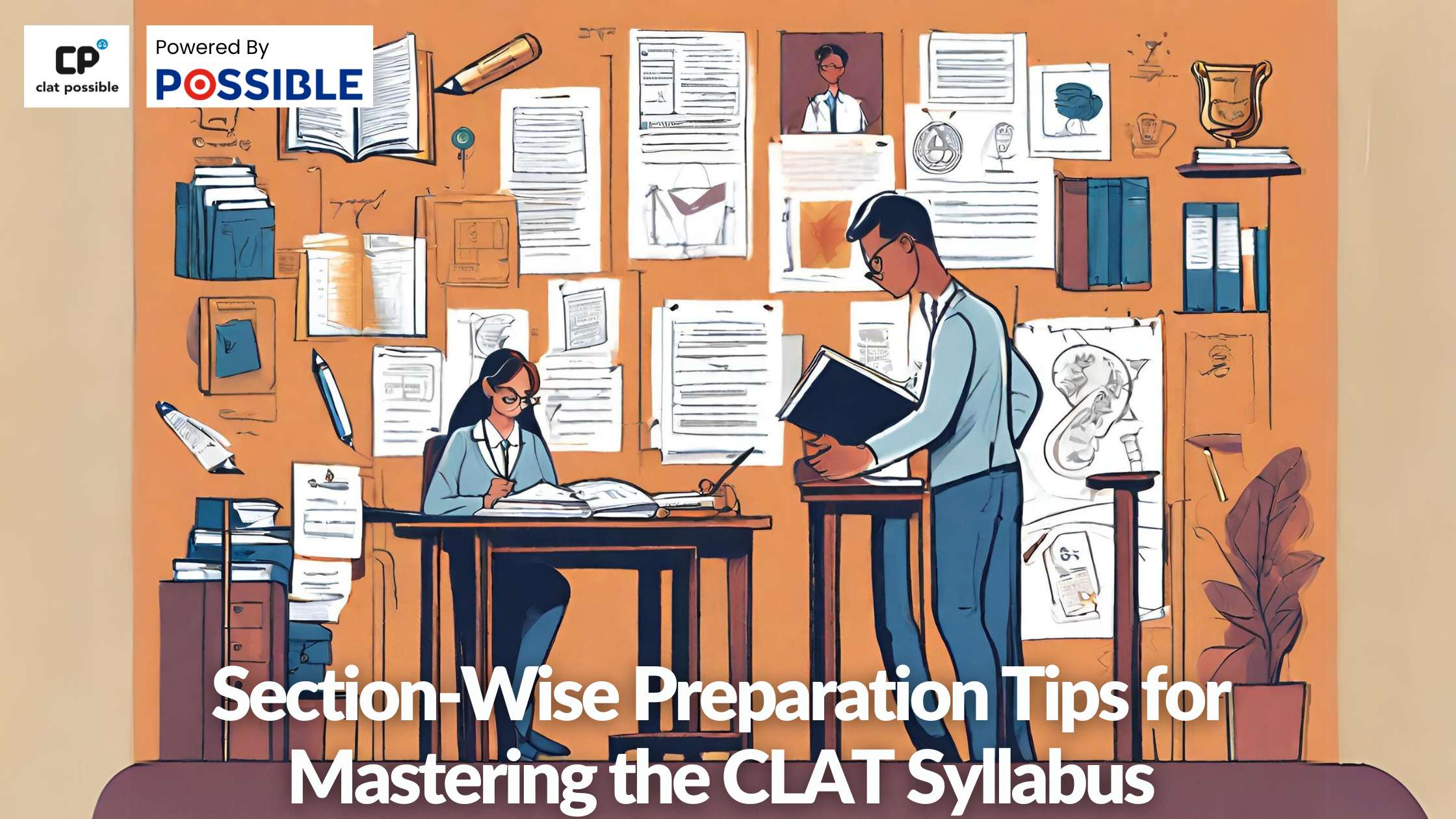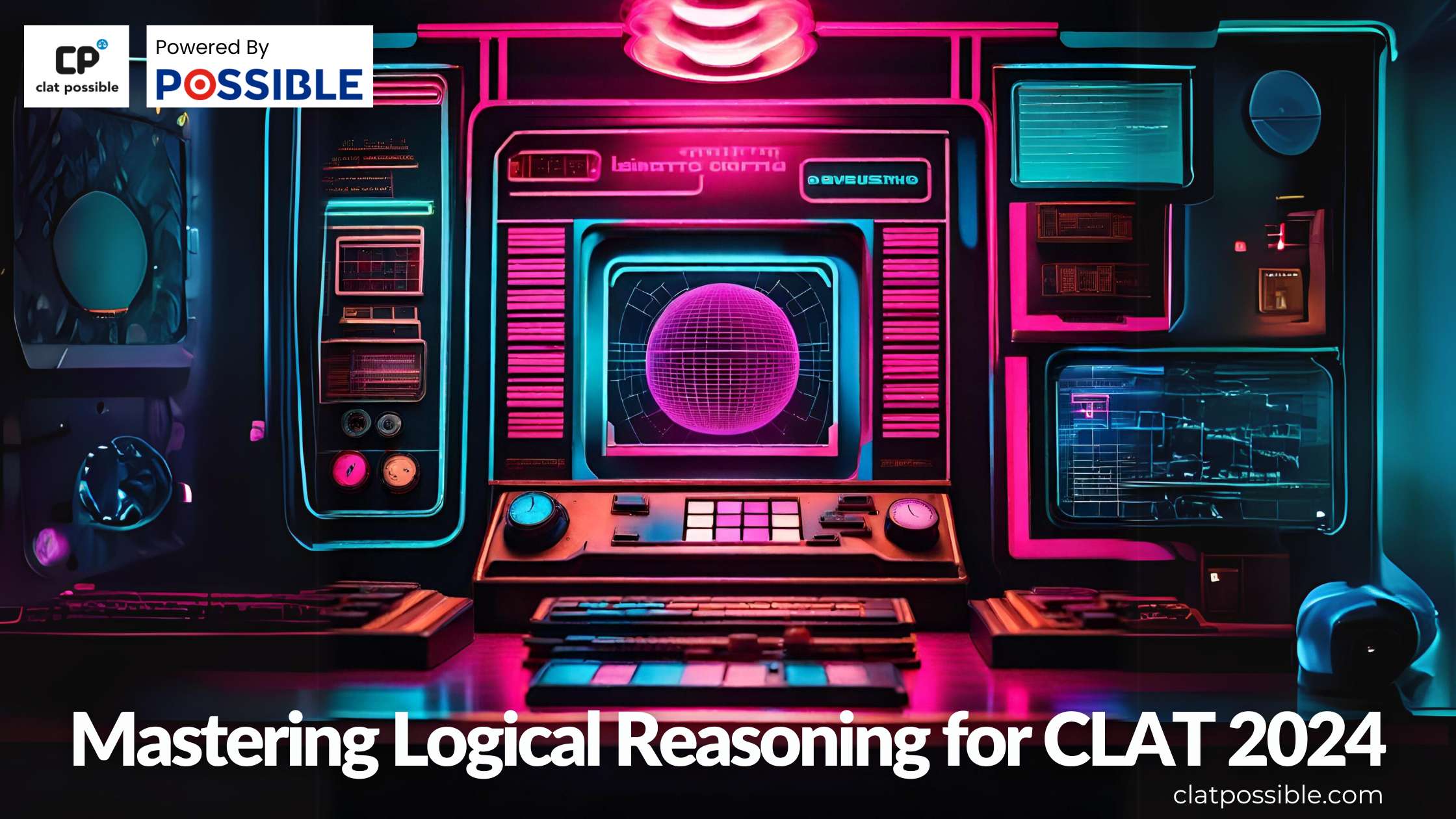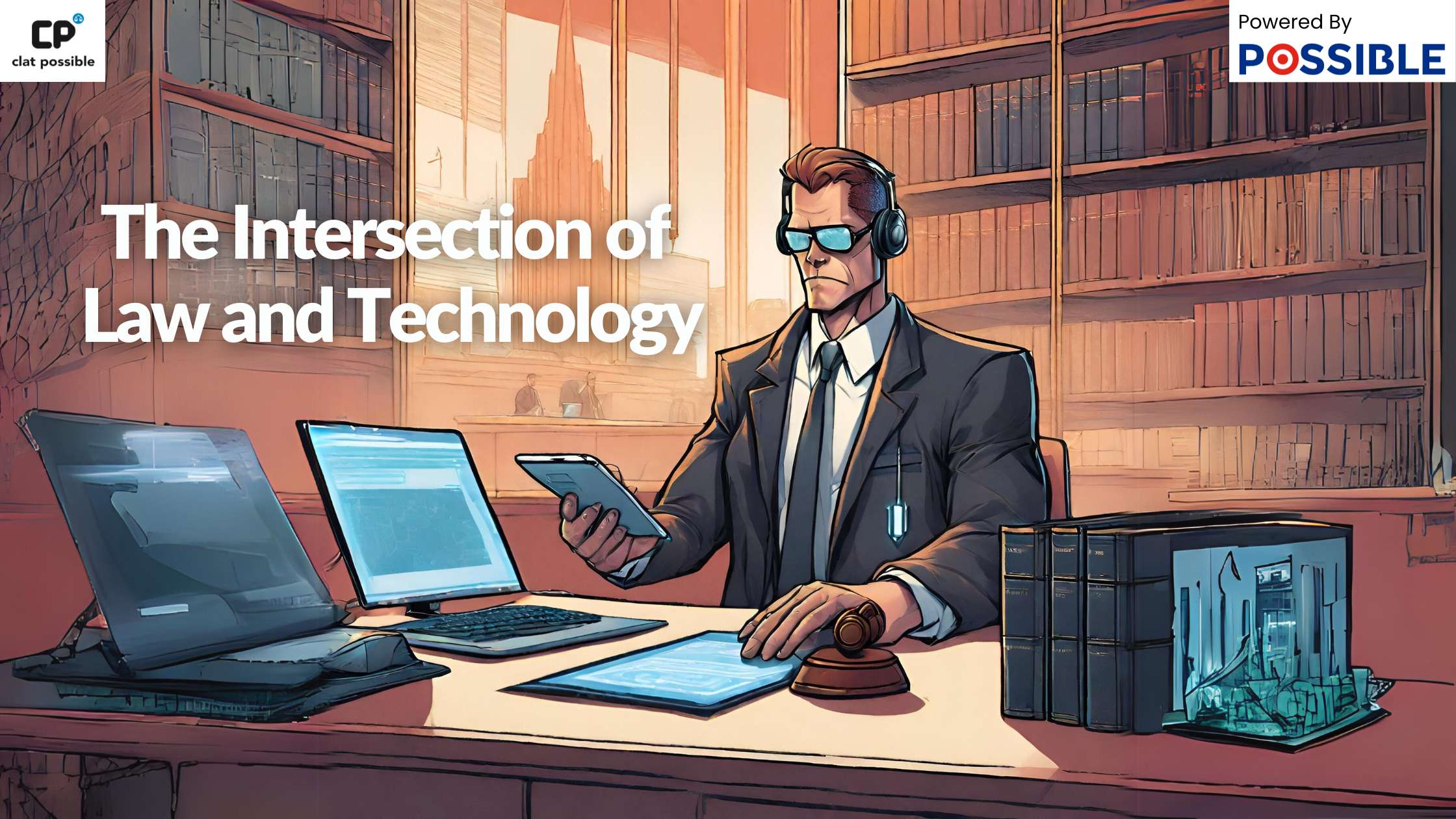
As the horizon of class 12 draws closer, the looming shadow of the future can be both exhilarating and daunting. Amid the myriad of career choices and academic pathways, CLAT 2024 emerges as a beacon for those drawn to the world of jurisprudence. If you’re on the fence or merely curious, this comprehensive guide unravels the compelling reasons for choosing the legal path right after your 12th grade.
Understanding the Allure of the Legal World
At its core, law is the bedrock of society, defining rights, responsibilities, and the intricate interplay of societal structures. More than just statutes and sections, law is a living entity, evolving with society, technology, and global changes. It offers a lens to understand human behavior, organizational dynamics, and even international relations.
Decoding the Benefits: Why CLAT 2024 is Tailor-Made for 12th Graders
A Streamlined Transition: Embarking on the CLAT journey post your board exams provides a direct gateway to India’s top law universities. It eliminates potential gap years, ensuring you remain in academic rhythm.
Jumpstart Your Legal Odyssey: The five-year integrated law program is a meticulously curated blend of foundational and specialized courses. Starting early gives you a competitive edge in the professional arena.
Broad Spectrum of Opportunities: Top-tier law schools in India are hubs of multifaceted growth. From riveting internships, international exchange programs, and moot court competitions to research projects and societal outreach – the avenues are boundless.
Cultivating a Robust Skill Set: Preparing for CLAT and the subsequent legal studies nurture invaluable skills. Critical analysis, eloquent articulation, logical structuring, and ethical grounding are just a few of the treasures you’ll accumulate.
Promising Professional Prospects: The burgeoning legal sector in India and abroad promises diverse roles. Whether it’s in corporate boardrooms, international arbitration forums, NGO fieldwork, or the media sector – a law degree is your golden ticket.
Interdisciplinary Learning: Modern law schools emphasize subjects beyond traditional law, such as management, tech law, and behavioral studies, ensuring holistic development.
FAQs:
Q1. How does CLAT preparation align with my 12th-grade curriculum?
A1. There’s significant overlap, especially in areas like English, logical reasoning, and elementary mathematics. Your board preparation can complement your CLAT groundwork, making it a dual-benefit study.
Q2. What if my passion for law dwindles midway through the course?
A2. A law degree is versatile. Many alumni venture into consulting, entrepreneurship, journalism, and public policy. The skills you develop are universally appreciated and can be seamlessly transitioned into multiple domains.
Q3. Are there any specialized coaching programs for balancing both board exams and CLAT?
A3. Yes, several esteemed institutions, including CLAT Possible, offer integrated programs designed to help aspirants ace both their board exams and CLAT simultaneously.
Q4. How intensive is the competition for CLAT?
A4. CLAT is one of the premier law entrance exams in India and, as such, attracts numerous aspirants. However, with diligent preparation, strategic planning, and consistent efforts, securing a spot in top law schools is entirely achievable.
Conclusion:
As you stand at the crossroads of academic pursuits and future aspirations, the clarion call of the legal realm, accentuated by CLAT 2024, beckons with promise and potential. Harnessing this opportunity post your 12th grade can be a transformative experience, ushering in a world filled with intellectual stimulation, societal impact, and personal gratification.
For more informative blogs on CLAT 2024 preparation, Click Here!









